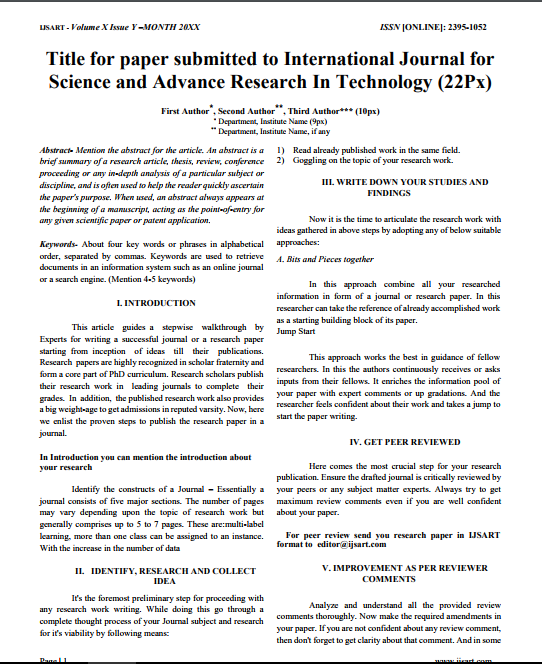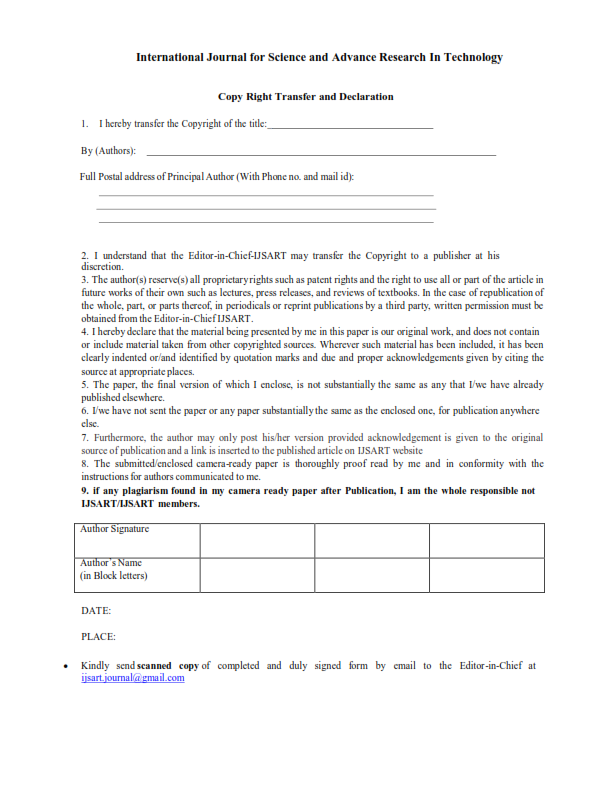NOVEL APPROACH OF EXTRACTION OF TAMARIND SEEDS AND LADY’S FINGER (OKRA) GUM AS A BINDER FOR SR TABLET FORMULATION |
Author(s): |
| Miss. Shubhangi Chaudhari |
Keywords: |
| Okra, Excipients, Antioxidant and Anticancer, -tamarind seed polysaccharide (TSP); Tamarind indica L.; natural polysaccharides |
Abstract |
|
Tamarind seed polysaccharide (TSP), a natural polysaccharide extracted from tamarind seeds is used in the pharmaceutical, textile and food industries as a mucoadhesive polymer. This work aimed to extract TSP from tamarind seeds Kernel powder of tamarind seeds was slurred into a clear solution, set aside overnight and then centrifuged at 6000 rpm for 20 min to separate all foreign matter Future works will focus on the quantitative analysis, biological activity and possible use of TSP as a drug delivery system. Okra (Abelmoschus esculentus L.) is a flowering plant of the Malvaceae family which is also known as lady’s finger, gumbo, bamya or bania or commonly known as bhindi. Natural polymers have been used in different pharmaceutical formulations. They are easily available, non-toxic, biodegradable and cost effective to be used as pharmaceutical excipients. In present investigation, we have reviewed about method for extraction and characterization of mucilage (Hibiscus esculentus) and further characterized to be used as pharmaceutical excipient. Main focus of review was to study about anti cancer activity of okra mucilage. Different methods for isolation and physicochemical method for characterization was focused. Antioxidant activity as well as IR spectra determination was noted. Okra is rich in phenolic compounds with important biological properties like quartering and Flavones derivatives, Catechin Oligomers and hydroxycinnamic derivatives. Okra is also known for being high in antioxidants activity. Okra has several potential health beneficial effects on some of the important human diseases like cardiovascular disease, type 2 diabetes, digestive diseases and some cancers. |
Other Details |
|
Paper ID: IJSARTV Published in: Volume : 9, Issue : 4 Publication Date: 4/10/2023 |
Article Preview |
|
Download Article |


